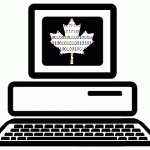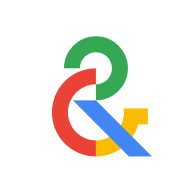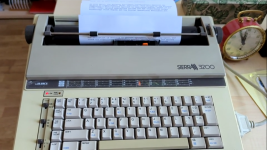In the mid 70s and early 80s, interfacing your computer to an IBM Selectric was a big deal. Dot matrix was expensive and there was no quality comparison. "Normals" had a distinct distaste for dot-matrix. I never did build one and I could never afford either the interface or the Selectric - but I did want one.
Here are a couple of links you might enjoy.

vintagecomputer.ca
The IMSAI 8080 was a clone of the Altair 8800, the first mass marketed personal computer. It was a popular "kit computer," requiring assembly and programmi...

artsandculture.google.com
As for high school typing class....I still have the memory of a punishment for a cafeteria incident that resulted in detention where we had to stand in the back of the typing class. Just stand there and listen to this clown speak letters that students (who were not being punished) were supposed to type the appropriate keys. Now today, I would have had a team of lawyers sue the school system; have the teacher fired (which would have been a good idea even back then IMO) and have all the books used in the class banned.
Good times








